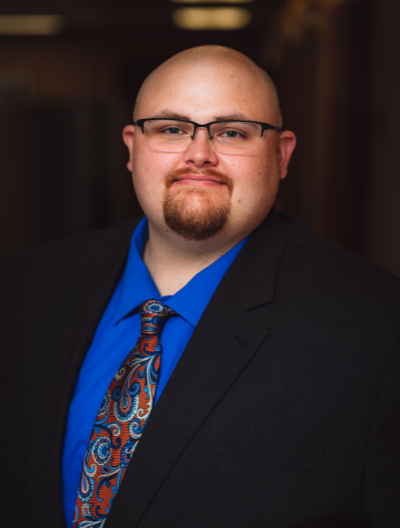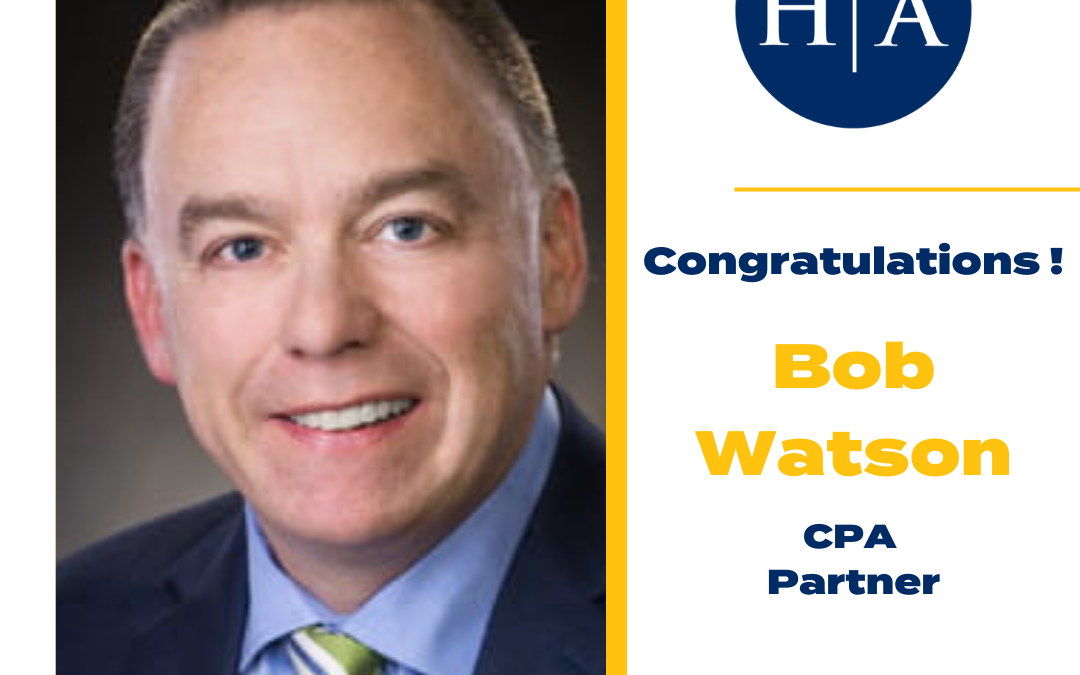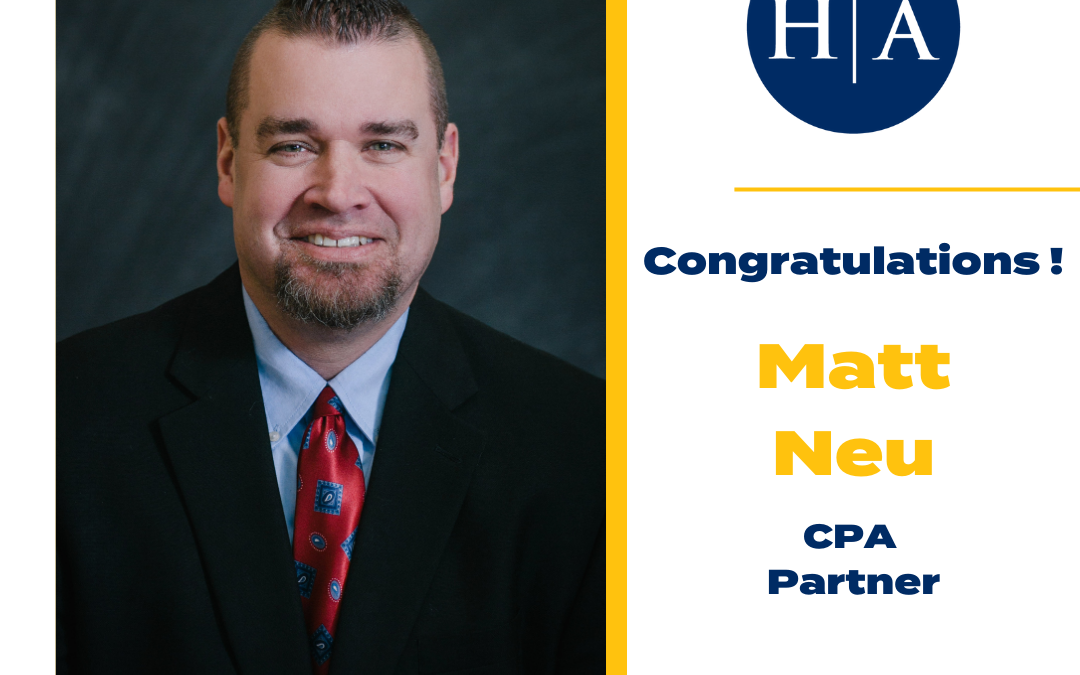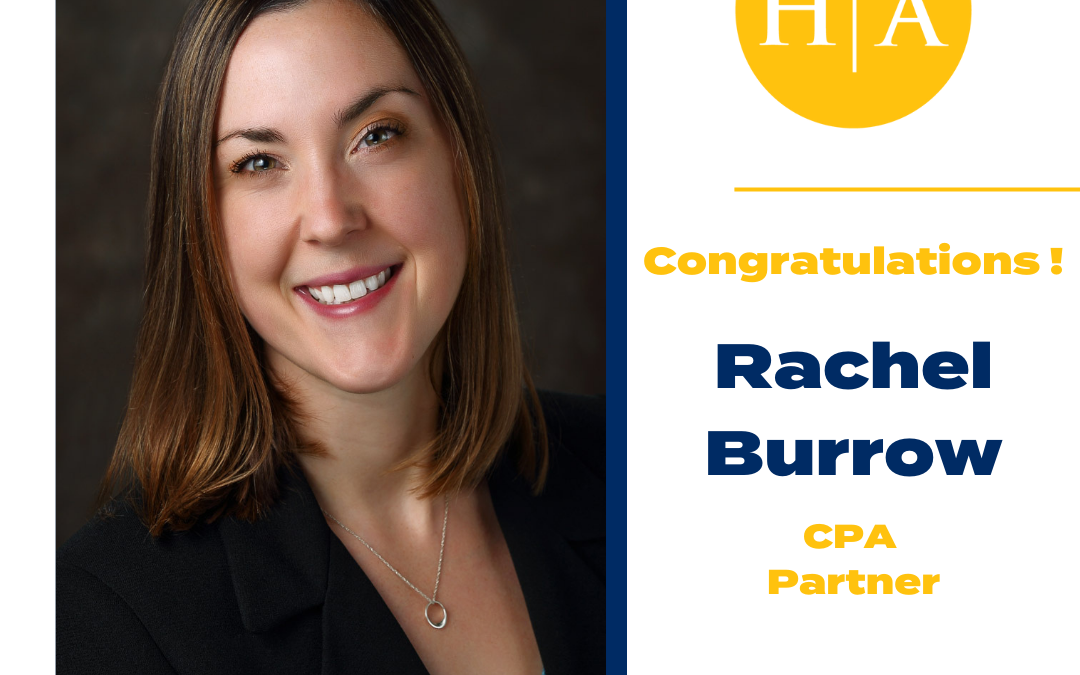The self-Correction Program (SCP) is one of three correction programs that the Internal Revenue Service (IRS) authorizes through the Employee Plans Compliance Resolution Program under Revenue Procedure 2021-30. The SCP allows the plan sponsor to correct the failure while maintaining the plan’s tax-exempt filing status. The SCP does not require the plan sponsor to file any forms, reports, or fees with the IRS; however, the plan sponsor should maintain adequate records of the operational plan failure, how the correction was calculated, and when the correction was remitted. Section 305 of the Secure Act 2.0 has expanded the SCP further to allow plan sponsors under the SCP to self-correct most inadvertent failures.
This article focuses on SCP. There are two additional correction programs available to plan sponsors: the Voluntary Correction Program and the Audit Closing Agreement Program. Learn more about these programs in this article.
Before making a correction, the plan sponsor must determine if the inadvertent failure is either insignificant or significant for eligibility. Eligible inadvertent failures are errors that are not egregious in nature and have occurred even though the plan sponsor has practices and procedures in place to encourage and implement compliance with the Internal Revenue Code.
The IRS explains that significant failures are based on facts and circumstances. The following factors should be considered in determining if an inadvertent failure is significant: the number of participants that were affected, the materiality of the failure to the plan assets, the duration of the failure, the number of related failures in a plan year, the length of time between the discovery of the failure and the correction of that failure, and why the failure occurred. The IRS does note that just because a failure occurs in multiple years does not automatically classify the failure as significant.
Section 305 of Secure Act 2.0 states that insignificant inadvertent failures are allowed to be self-corrected at any time, however, significant inadvertent failures must be substantially corrected in a reasonable time or before the end of the third plan year after the error occurred. To be substantially corrected, one of the following should occur: the plan sponsor takes prompt action to identify failures, calculates a correction, and submits a correction to the plan within the first two plan years after the year the failure has occurred, or the plan sponsor corrected at least sixty-five percent of participants affected within the two years following the year the error occurred and the remaining participants are corrected in a diligent manner.
All significant inadvertent failures that are not corrected within a timely manner are not eligible for the SCP and the plan sponsors would have to use the Voluntary Correction Program.
Section 305 of the Secure Act 2.0 has also expanded the eligibility of the SCP to allow inadvertent failures related to plan loans to be self-corrected. Under the Secure Act 2.0 plan sponsors who are self-correcting inadvertent failures on plan loans are not required to report corrected deemed distributions on form 1099-R and requires the Department of Labor (DOL) to treat this self-correction as compliant with the DOL’s Voluntary Fiduciary Correction Program.
It is important to remember that if the plan sponsor has demonstrated plan compliance through practices and procedures most inadvertent failures of the plan can be corrected through the SCP. As always, Hawkins Ash is here to help answer any questions you may have and provide any guidance you may need.





